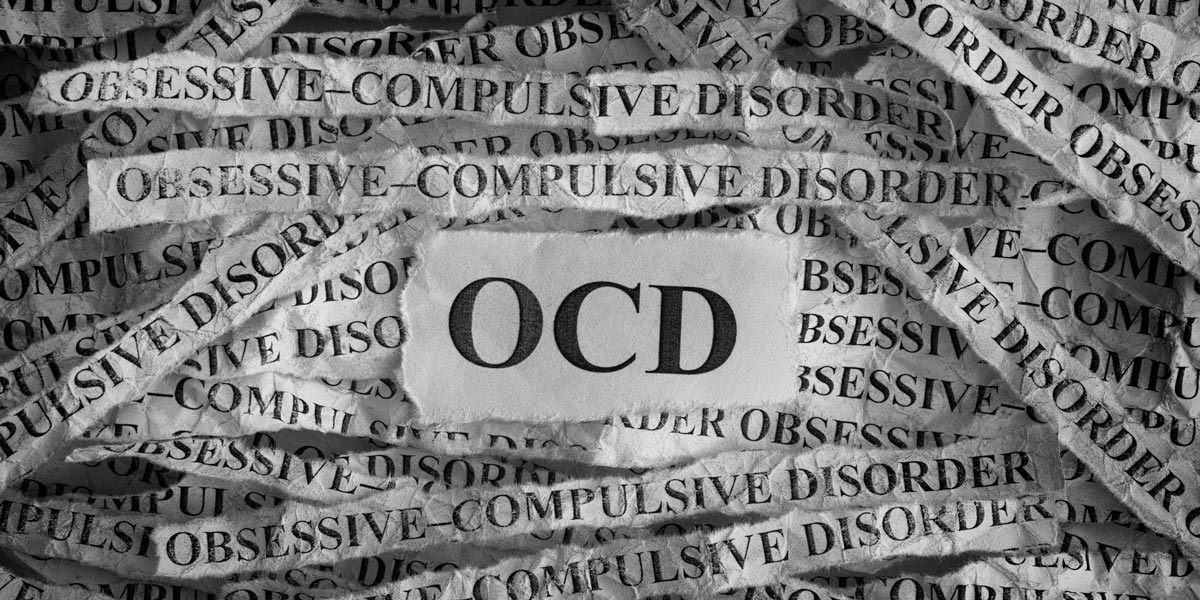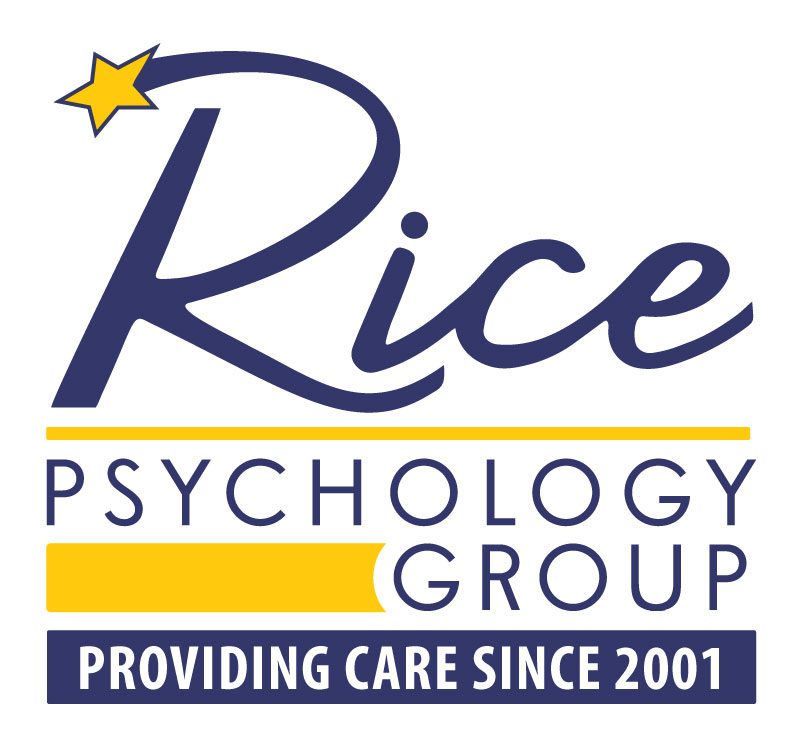Obsessive-compulsive disorders (OCD) are difficult to understand by family, friends and loved ones, as well as by those suffering from one. OCD often does not make much sense, and “rituals” can be confusing for others to understand. As a result, those who suffer from OCD may struggle to express their obsessions and rituals. And this often furthers the misunderstandings of the condition. Understanding OCD is the first step to overcoming it.

What is OCD?
Obsessive-compulsive disorder is often stereotyped as extreme cleanliness and orderliness, much like Oscar in The Odd Couple. While fears related to contamination are common, this stereotype drastically reduces the grand scope of obsessional fears as well as the true distress that can result from them.
Obsessions can include anything you can think of. You may fear that you left the iron on, and if you don’t check carefully enough, then the house may burn down. You may fear that something terrible may happen if you see odd numbers and, therefore, quickly change the TV volume, car radio, thermostat, etc. to an even number.
Obsessional fears and uncertainty can feel impossible to accept, so the natural solution would seem to call for action. Unfortunately, these actions (aka compulsions) created to reduce obsessional fears often begin to consume more and more time and effort, and eventually, they have the potential to make living a full life impossible.

The Seeds of Obsessional Fears Are Intrusive Thoughts
Everyone experiences intrusive thoughts! Studies have shown that the average person experiences up to 4,000 thoughts a day (Abramowitz, 2018, p. 67). Many of these thoughts fit with how we view ourselves and perceive the world around us. But at times, we also have thoughts that are unwanted, conflict with our desires or cause great distress.
Rachman and DeSilva (1978) interviewed individuals who did not meet the diagnostic criteria for OCD and discovered that the most commonly-experienced intrusive thought was swerving off a road. I’ve personally had this intrusive thought several times throughout my life. When I experience it, it results in discomfort and mild distress. I may wonder why this thought occurred but accept it as senseless. I then continue driving and experiencing other thoughts and emotions that are more aligned with my self-concept.
Because I am able to find a way to accept the uncertainty and distress caused by this intrusive thought, I am able to continue moving on with my day. If you are not able to accept the uncertainty and distress caused by intrusive thoughts, then your world stops until you can find a way to reduce your anxiety.
Compulsive Behaviors Reinforce Obsessional Fears
Someone suffering from OCD may interpret the thought of swerving off the road as dangerous and attribute high importance and concern related to this thought. This person may fixate on it (obsess), which then causes the urge to either neutralize or avoid it (compulsive behaviors).
And then when these thoughts and fears are successfully diminished, it is learned that compulsions are effective! From then on, it begins to seem safer to repeat compulsive behaviors whenever intrusive thoughts return. If this cycle continues long enough, then the feared outcome begins to feel more and more likely. The compulsive behaviors may even begin to occur without the presence of intrusive thoughts and become part of the daily routine.
Let me illustrate.
You experience an intrusive thought of swerving off the road and this causes distress and confusion as to why you are having it. You may even experience intrusive images of crashing your car. You begin to problem-solve ways to make sure that it doesn’t become a reality.
Driver’s education teaches us to place our hands on the wheel at the 10 and 2 positions seen on a clock, and while following this ‘rule’, your thoughts and fears feel more manageable. It might also feel important to check your mirrors continuously to make sure you are staying perfectly within your lane.
Placing your hands at 10 and 2 and checking the mirrors incessantly may reduce your anxiety, but as soon as you take a hand off the wheel or stop checking your mirrors, you think of swerving off the road again. This happens because you never tested your feared outcome, which for this example, is swerving off the road if you are not careful enough.

Avoidance
Avoidance is such a common and pervasive compulsive behavior that I wanted to discuss it specifically. Avoidance can keep us from situations, people and other things that may cause fear, distress or discomfort. Let’s be honest, we all avoid sometimes. But there is a difference between avoiding singing karaoke and avoiding driving to work because you fear you may cause an accident.
We may even try to avoid our thoughts. This is known as thought suppression. Thought suppression is widely proven to have paradoxical effects. In other words, the harder you try not to think of a thought, the more likely it is that you will.
DON’T THINK OF A PINK ELEPHANT!
The more effort you put toward not thinking of a pink elephant, the more often you will think of a large, smelly, vibrant pink elephant. Now, imagine if you were attempting not to think about swerving into traffic. The harder you try, the more often it occurs. Understandably, this causes increased concern and distress – as well as increased efforts to complete compulsive behaviors.
The Worst Part
OCD attacks the things that we care most about in our lives and often directly contradicts our most core values. The person who struggles with obsessions related to swerving off the road values being responsible.
A person who values family and respect may experience obsessive thoughts of pushing or cursing at a family member. Instead of spending time with family, they may avoid them. Or they may be careful to stand within arm’s length and apologize frequently to ensure that they are not offensive.
A person who values diligence and accountability may fear making a mistake that will have dire consequences. This person may check their work constantly, ask others for reassurance and may even reject promotions due to fears of increased responsibilities.
OCD may not always make logical sense, and, unfortunately, this makes it very difficult for family members and friends to understand its true impact. In fact, obsessions and compulsions typically have some bizarre features (i.e. if I tap my fingers an even number of times, then something bad may be less likely to happen).
Because of this, individuals with OCD often hide their symptoms due to fears of embarrassment or being crazy. This often leads OCD symptoms to go undiagnosed for years.

The Good News
OCD can be treated and is proven and effective! With knowledge, practice and effort, compulsive behaviors can be resisted, and obsessional fears can be put to the test. If you’ve been diagnosed with OCD or believe you’re experiencing symptoms, then our Tampa psychologists want to help.

